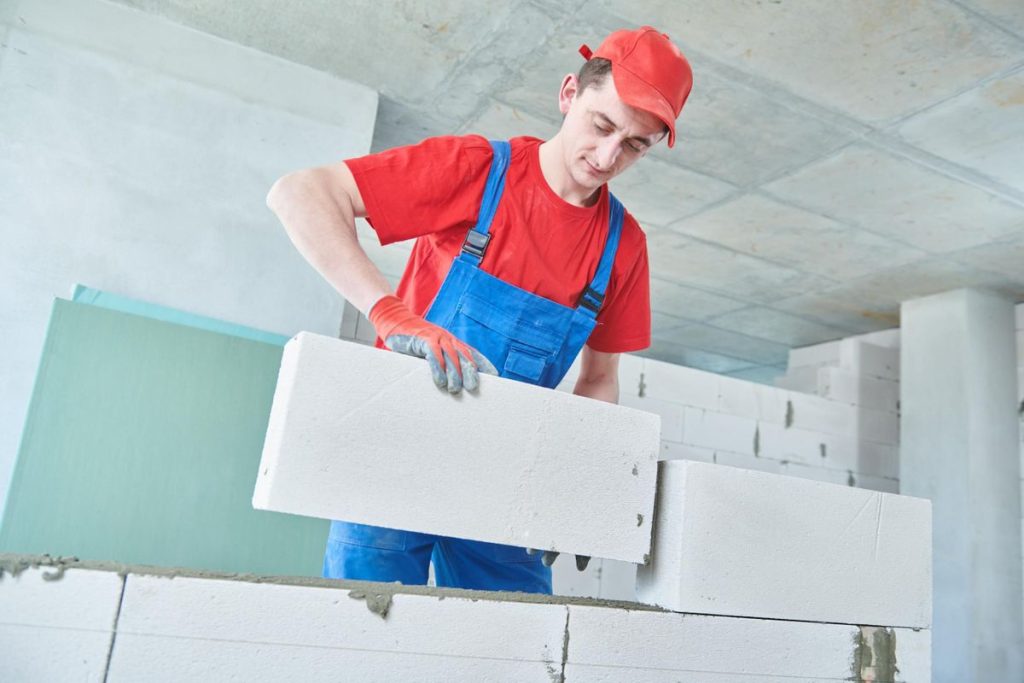
AAC Block Adhesives
AAC BLOCK ADHESIVE is a ready-to-use combination of high-quality polymers, graded aggregates, and other carefully chosen raw ingredients. Built to meet or exceed national and international standards, this mortar can be mixed with water to create a high-strength thixotropic mixture. It can be used to lay aerated lightweight concrete, fly ash bricks, cement hollow blocks, cellular concrete blocks, or to smooth over the surface of the block work in layers up to 12mm thick. AAC Block Adhesives Gypsum Plaster
AAC Block Adhesives: Benefits and How to Apply Them
The AAC Block Adhesives are a specially formulated jointing agent for autoclaved aerated bricks, ensuring a firm and smooth installation. Its construction involves the use of cement bonding agents, synthetic resins, minerals, and exceptional addition agents. Its unique shape makes it ideal for storing AAC blocks, fly-ash bricks, concrete blocks, and other materials that facilitate quicker building processes.
The benefits of AAC Block Adhesives will be examined now:
1. Building times reduced
Less work is needed during construction because the jointing ingredient of AAC Blocks is ready-mixed. Instead of measuring out the exact amount of cement and sand to use in making red bricks, all you have to do is add water. Time and physical effort are unquestionably spared by that.
2. It thins out the layer by reducing the number of joints.
You need 8-12 mm thick mortar joints when using conventional brick, but when using AAC Blocks Adhesives, you just need 3-4 mm of adhesives. Because of this, the amount of jointing material used is reduced by 70%.
Three, there is zero waste.
As a result of being a ready-to-use material, AAC adhesives provide a clean and efficient work environment with no waste. It adds up to 30 percent to the trash produced by conventional brick building.
4. Curing is not necessary.
The purpose of curing concrete is to get it to the desired qualities for its intended usage. In comparison to conventional bricks, AAC Block Adhesives reduces the quantity of water needed to prepare the cement mortar by gallons. The water injected during manufacture is plenty to achieve the required strength for subsequent processes.
5. Defying heat
By incorporating the AAC jointing adhesives into the aerated concrete during the construction process, the thermal insulation performance is further enhanced.